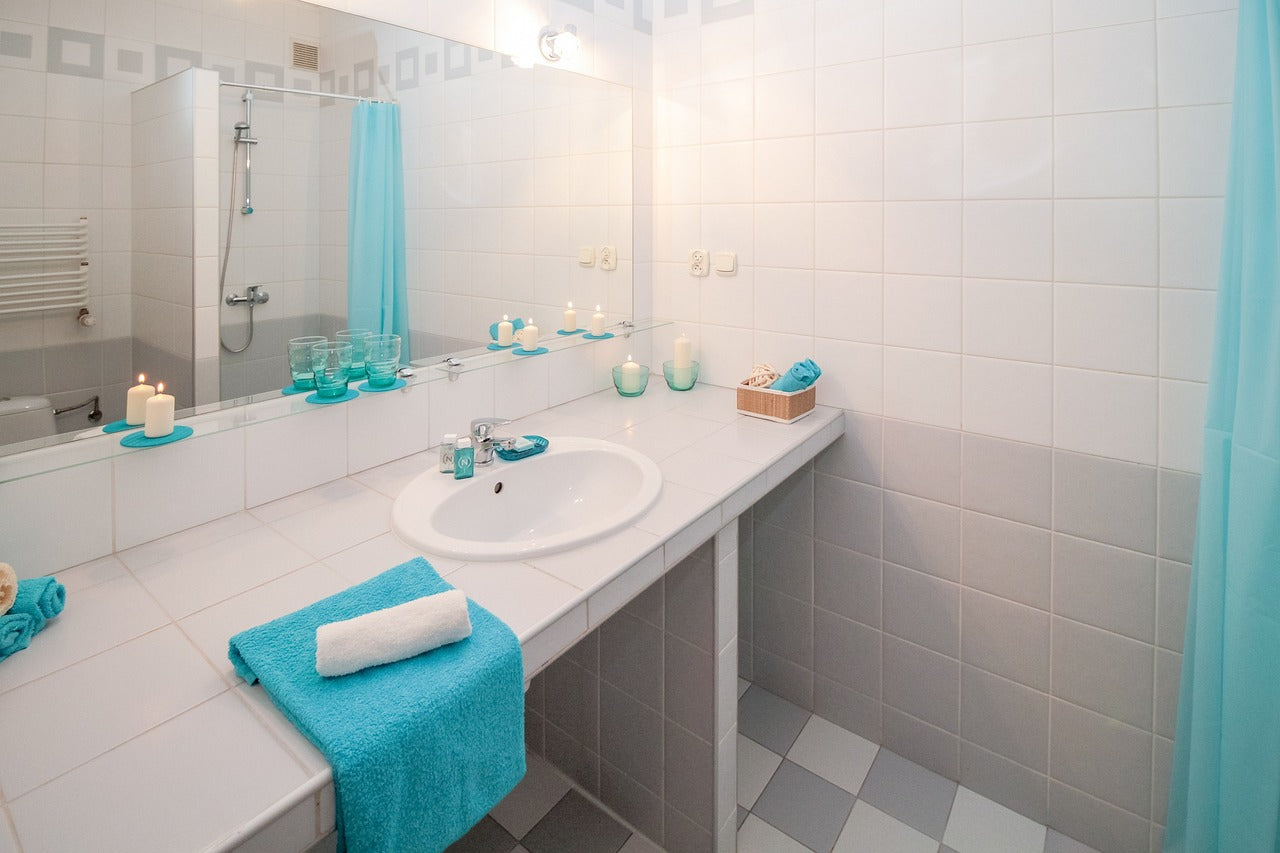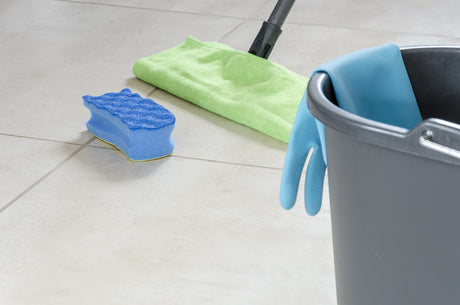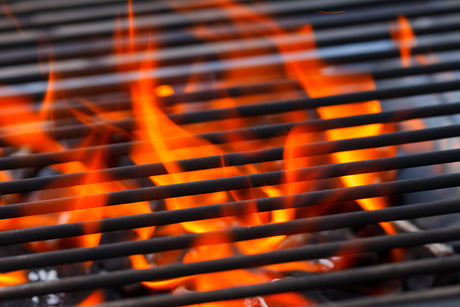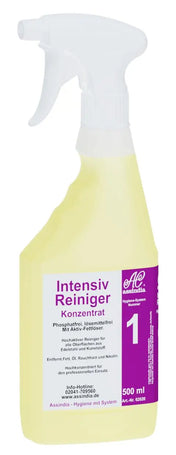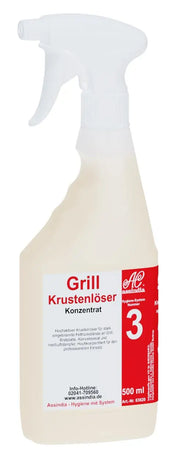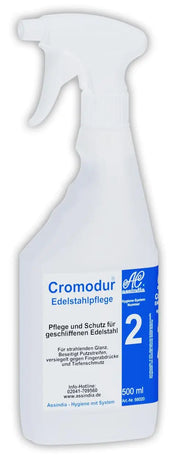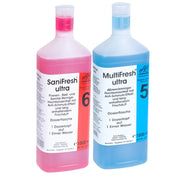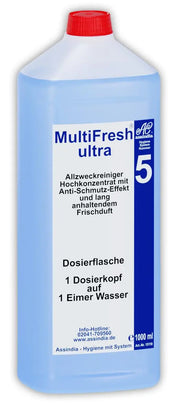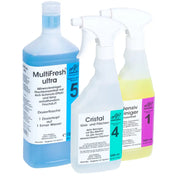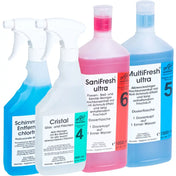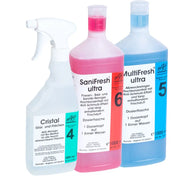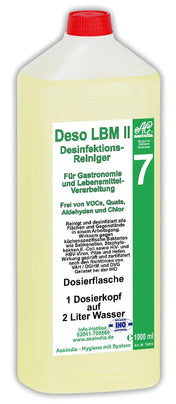Limescale deposits are a common problem in bathrooms, especially in regions with hard water. Limescale stains are caused by the deposit of minerals contained in the water. These stains are not only unsightly, but can also shorten the lifespan of fittings and surfaces. In this guide, I will show you effective methods to prevent limescale deposits and remove existing stains.
1. What causes limescale deposits?
Limescale deposits occur when hard water dries and the minerals contained in the water, mainly calcium and magnesium, are left on surfaces. These deposits often settle on shower heads, faucets, tiles and glass surfaces.
Causes:
- High calcium and magnesium content: In regions with hard water, these minerals are highly concentrated, which promotes the formation of limescale.
- Drying of water on surfaces: When water dries on surfaces, it leaves behind minerals that accumulate over time.
Tips for prevention:
- Wipe surfaces dry after each use to prevent limescale buildup.
- Use water softeners to reduce the mineral content in the water.
2. Effective methods to prevent limescale deposits
The best way to combat limescale deposits is prevention. Regular care and the use of special products can prevent the formation of limescale.
Preventive measures:
- Water softener: Install a water softener to reduce the mineral content in the water. This reduces the likelihood of limescale deposits.
- Wipe down regularly: After each shower or bath, wipe the tiles, shower walls and fittings dry with a cloth to prevent water from remaining.
- Vinegar or citric acid: Use a solution of vinegar or citric acid regularly to prevent limescale deposits and keep surfaces clean.
Tips:
- Use special anti-limescale cleaners for shower walls and tiles to prevent the formation of limescale.
- Install a filter on shower heads and faucets to filter minerals from the water.
3. Removal of existing limescale deposits
If limescale deposits are already present, it is important to remove them thoroughly to protect and maintain the affected surfaces.
Cleaning methods:
- Vinegar: Soak a cloth in vinegar and wrap it around the affected area. Leave it to work for a few hours and then wipe off the limescale.
- Citric acid: Mix citric acid with water and apply the solution to the affected areas. Leave it for a few minutes before wiping it off.
- Limescale remover: Special limescale removers are effective at removing stubborn stains. Follow the manufacturer's instructions for use.
Tips:
- Use a toothbrush or sponge to remove limescale in hard-to-reach areas such as joints or corners.
- Test cleaning products on an inconspicuous area first to make sure they won't damage the surface.
4. Common mistakes when removing limescale
When removing limescale, mistakes can happen that make cleaning more difficult or damage the surfaces.
Typical errors:
- Use of aggressive cleaning agents: Strong, acidic cleaners can damage sensitive surfaces.
- Too short exposure time: Cleaning agents need time to dissolve the limescale. Too short an exposure time can impair their effectiveness.
- Improper scrubbing: Scrubbing too hard can scratch and permanently damage surfaces.
Tips for prevention:
- Only use mild cleaning agents suitable for the respective surface.
- Allow the cleaning products to work for a sufficient amount of time before wiping them off.
- Scrub gently with soft brushes or sponges to protect the surfaces.
Conclusion
Limescale deposits in the bathroom are a common but solvable problem. Regular maintenance, the use of water softeners and wiping down surfaces immediately after use can help prevent limescale build-up. If limescale deposits are already present, the right cleaning products and methods will help to make the affected surfaces shine again. Make sure to avoid common mistakes when removing limescale to protect your bathroom surfaces and keep them clean in the long term.

